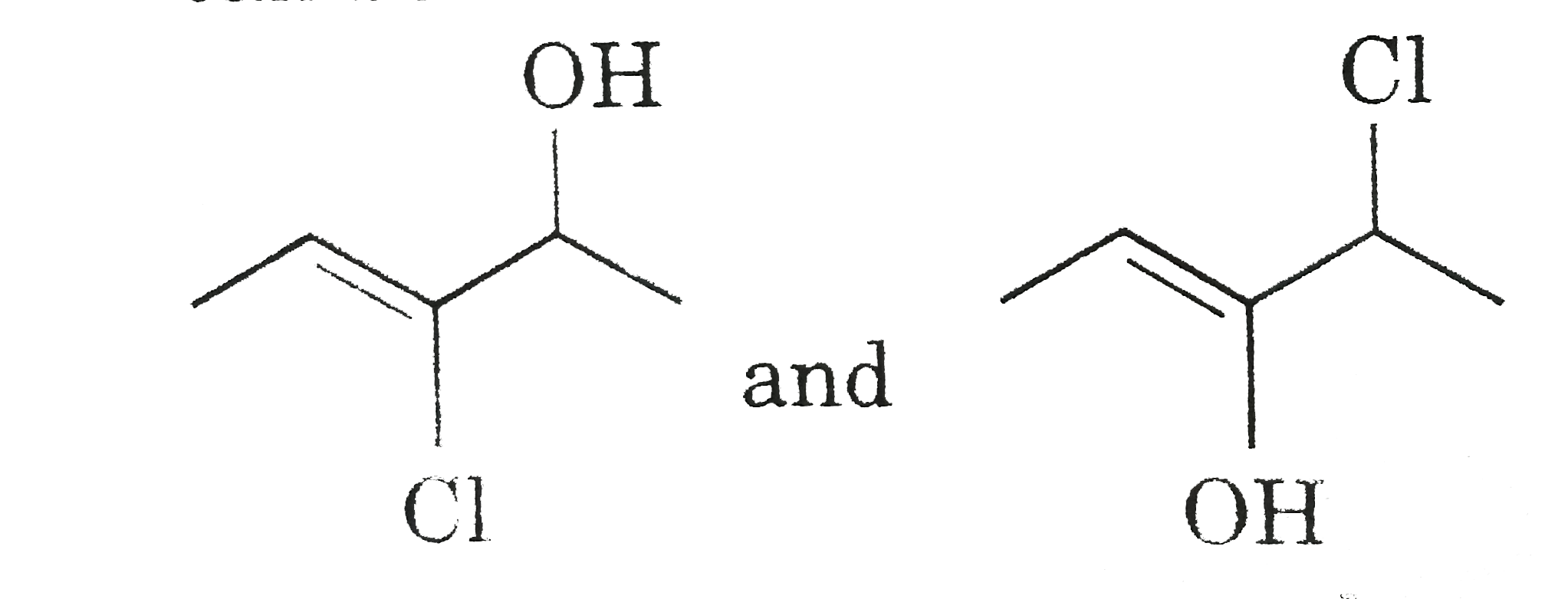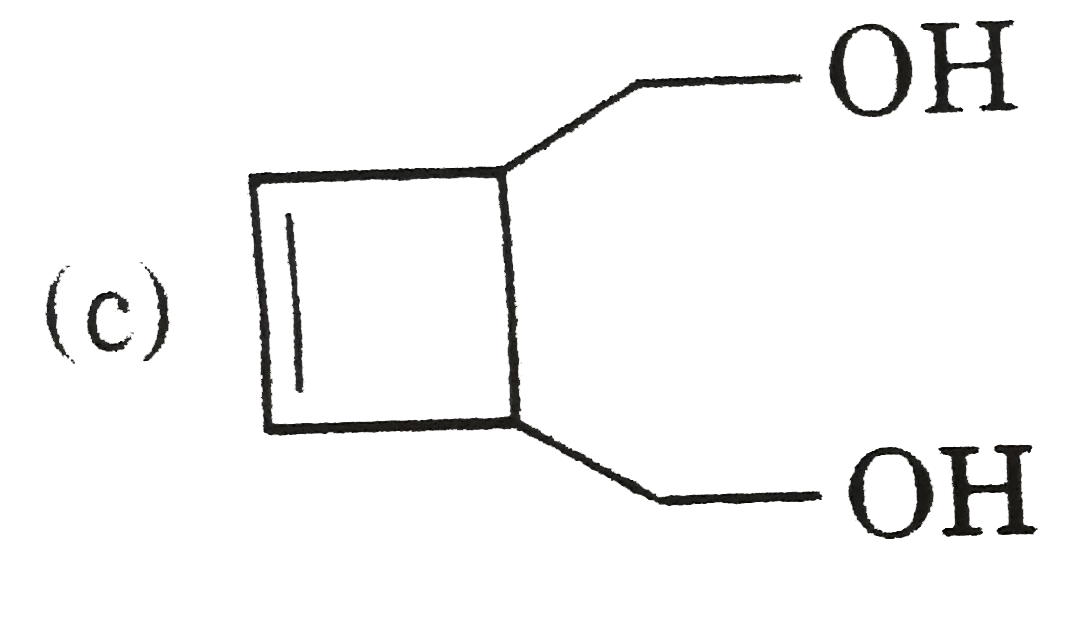Select the correct option.
Two pairs of parallel sides - Trapezium
A rhombus with 4 right angles - Rectangle
Parallelogram with 4 right angles - Rectangle
None of these
The correct Answer is:C
To solve the question, we need to analyze the statements provided in the options and determine which one is correct. Let's break it down step by step:
Step 1: Understand the Definition of a Trapezium
A trapezium (or trapezoid in some regions) is defined as a quadrilateral with at least one pair of parallel sides.
Hint: Remember that a trapezium has only one pair of parallel sides.
Step 2: Analyze the First Option
The first option states that "two pairs of parallel sides make a trapezium." This is incorrect because a trapezium only requires one pair of parallel sides. If there are two pairs of parallel sides, the shape is a parallelogram, not a trapezium.
Hint: Think about how many pairs of sides need to be parallel for a shape to be classified as a trapezium.
Step 3: Understand the Definition of a Rhombus
A rhombus is a type of quadrilateral where all four sides are of equal length and opposite sides are parallel.
Hint: Recall that a rhombus does not necessarily have right angles.
Step 4: Analyze the Second Option
The second option suggests that a rhombus has right angles. This is incorrect because a rhombus can have angles that are not 90 degrees. If a rhombus has all right angles, it is specifically a square.
Hint: Consider the properties of a rhombus and whether it can have right angles.
Step 5: Understand the Definition of a Rectangle
A rectangle is a quadrilateral with four right angles and opposite sides that are equal and parallel.
Hint: Remember that all angles in a rectangle are right angles.
Step 6: Analyze the Third Option
The third option states that "the parallelogram with four right angles is called a rectangle." This is correct because a rectangle is defined as a parallelogram that has four right angles.
Hint: Think about the properties of a rectangle and how it relates to parallelograms.
Conclusion
After analyzing all the options, the correct answer is:
Option number 3: The parallelogram with four right angles is called a rectangle.
Final Answer: Option number 3.
A trapezium (or trapezoid in some regions) is defined as a quadrilateral with at least one pair of parallel sides.
The first option states that "two pairs of parallel sides make a trapezium." This is incorrect because a trapezium only requires one pair of parallel sides. If there are two pairs of parallel sides, the shape is a parallelogram, not a trapezium.
A rhombus is a type of quadrilateral where all four sides are of equal length and opposite sides are parallel.
The second option suggests that a rhombus has right angles. This is incorrect because a rhombus can have angles that are not 90 degrees. If a rhombus has all right angles, it is specifically a square.
A rectangle is a quadrilateral with four right angles and opposite sides that are equal and parallel.
The third option states that "the parallelogram with four right angles is called a rectangle." This is correct because a rectangle is defined as a parallelogram that has four right angles.
After analyzing all the options, the correct answer is:
Option number 3: The parallelogram with four right angles is called a rectangle.
Topper's Solved these Questions
- BOOK - SCIENCE OLYMPIAD FOUNDATION CHAPTER - UNDERSTANDING ELEMENTARY SHAPESEXERCISE - ACHIEVERS SECTION (HOTS)5videos
UNDERSTANDING ELEMENTARY SHAPES
- BOOK - SCIENCE OLYMPIAD FOUNDATION CHAPTER - SYMMETRYEXERCISE - MATHEMATICAL REASONING15videos
SYMMETRY
- BOOK - SCIENCE OLYMPIAD FOUNDATION CHAPTER - WHOLE NUMBERSEXERCISE - Achievers section (HOTS)5videos
WHOLE NUMBERS
Knowledge Check
- Question 1 - Select One
Selected the correct option :
A
can be differentiated by Victor Meyer's test.B can be differentiated by Bielstien test.C
can be differentiated by Bielstien test.C
give purple colour with FeCl3Dwith NaOI Me−O∣∣C−O∣∣C−H gives sodium oxalate. - Question 2 - Select One
Selected the correct option
AGenes are located on DNA and proteinBGene is the functional unit of inheritanceCA segment of DNA coding for a polypeptide is called a cistronDBoth (2) and (3)

